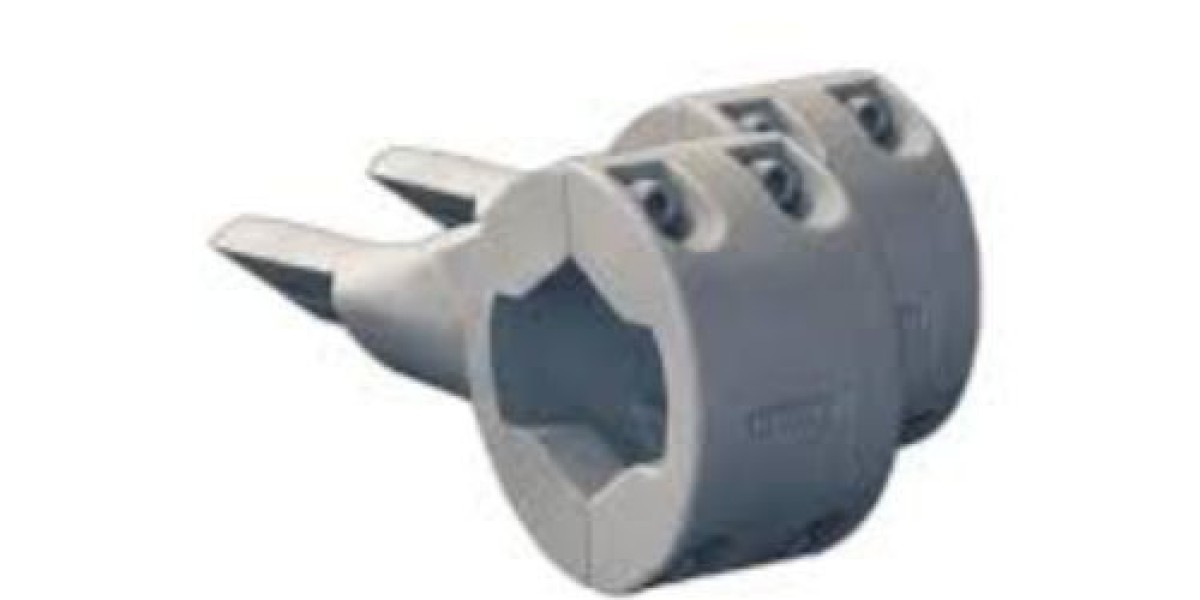The real estate market can be unpredictable. At times, it seems like home prices are skyrocketing without limits—until suddenly, they don’t. This is often a sign that the market is in a housing bubble. But how can you tell if a bubble is forming? Knowing the warning signs can help investors, homebuyers, and industry professionals prepare for potential downturns. Let’s explore the key housing bubble risk indicators you should be watching.
What Is a Housing Bubble?
A housing bubble happens when home prices rise rapidly due to high demand, speculation, and limited supply. This increase is not always supported by economic fundamentals like income growth or employment. Eventually, the prices become unsustainable, and the bubble “bursts,” causing prices to fall sharply.
1. Rapid and Unjustified Price Increases
If home prices are rising much faster than local income levels or rental rates, it’s a red flag. For example, if salaries in a city have increased by 3% per year but home prices have jumped 15% annually, that gap suggests a potential bubble.
Key sign: Home price appreciation far outpaces income growth or inflation.
2. High Levels of Real Estate Speculation
When more investors enter the market hoping to "flip" houses for quick profits, it increases volatility. Excessive speculation can inflate home values artificially, making the market more vulnerable.
Key sign: A high percentage of buyers are investors rather than owner-occupiers.
3. Low Mortgage Lending Standards
Loose lending practices, such as offering loans with little or no income verification, low down payments, or interest-only options, were major contributors to past housing crashes.
Key sign: More buyers are qualifying for loans they realistically can't afford.
4. Rising Household Debt
If people are taking on more debt just to afford homes—especially if debt growth is faster than wage growth—it could mean the market is overheated. High debt makes households vulnerable to changes in interest rates or economic downturns.
Key sign: Debt-to-income ratios are climbing across the board.
5. Overbuilding in Certain Areas
In response to surging demand and rising prices, developers may overbuild. If supply exceeds demand, prices can plummet when homes don’t sell as expected.
Key sign: High vacancy rates and a surge in unsold inventory.
6. Decline in Rental Yields
When buying a property becomes far more expensive than renting, and rental yields shrink, it suggests that property values may be inflated beyond what the rental market supports.
Key sign: Declining rent-to-price ratios.
7. Excessive Media Hype and Public Optimism
When everyone—from your neighbor to your barber—is talking about getting rich from real estate, it may signal overconfidence. In bubbles, sentiment often turns euphoric right before the crash.
Key sign: Unrealistic public expectations that prices will never fall.
8. Interest Rate Sensitivity
If a market is overly reliant on low interest rates, even small rate hikes can cause mortgage payments to rise sharply, leading to reduced affordability and less demand.
Key sign: Heavy dependence on adjustable-rate or low-interest loans.
9. Government or Central Bank Warnings
Sometimes, policymakers and financial institutions issue early warnings based on their data and analysis. Paying attention to these statements can provide crucial foresight.
Key sign: Regulatory authorities cautioning about overheating markets.
10. Mismatch Between Housing Prices and Economic Fundamentals
When home prices are disconnected from local economic factors like employment, GDP, or demographics, it often suggests artificial inflation.
Key sign: Economic growth does not justify current home price trends.
Final Thoughts
Not all booming real estate markets are bubbles, but being able to recognize housing bubble risk indicators can help you make smarter decisions. Whether you’re a first-time homebuyer or a seasoned investor, staying informed is your best protection.
If you notice multiple warning signs appearing at the same time, it might be a good moment to proceed with caution—or hold off on major decisions until the market stabilizes.
Important Links
Bayshore Road Condo Projects Details
How to Evaluate Commercial Real Estate Deals
How to Evaluate Commercial Real Estate Properties
Tips for Staging Your Home to Sell Quickly
Tips for Buying a House in a Seller’s Market
How to Start Investing in Real Estate with Little Money
Bayshore Road Condo Projects Details







